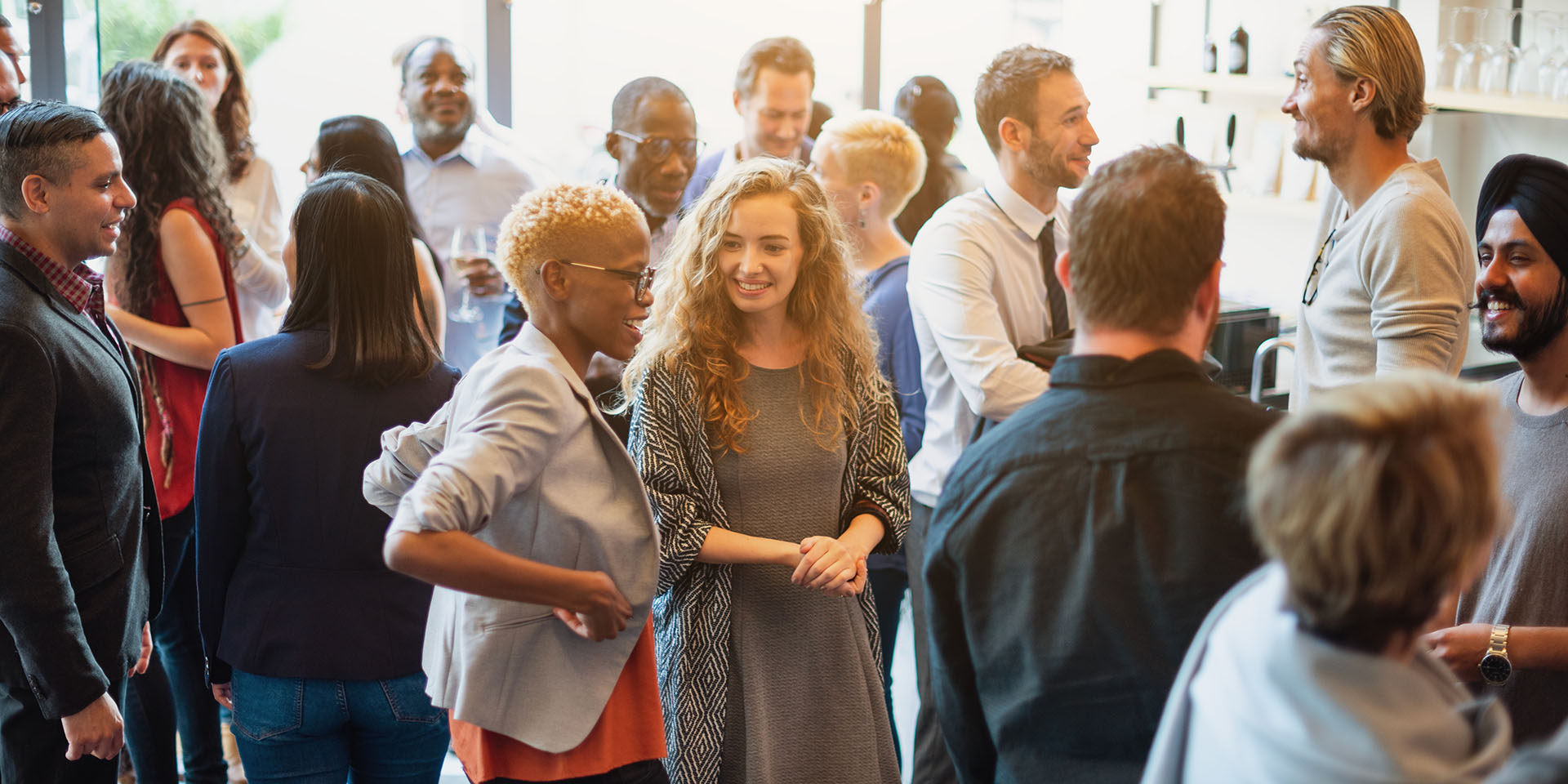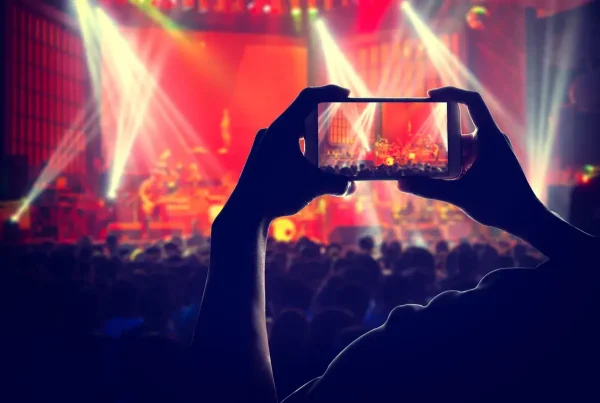
In a tech event landscape where business to business (B2B) flagship experience design continues to reign supreme, a critical component to the year-round attendee journey has been overlooked for far too long: roadshows.
More specifically, local market events geared toward customer, prospect, and partner engagement. In addition to the flagship event, roadshows are a key ingredient to the larger global event recipe that, over time, has become a rinse-and-repeat approach.
From showcases and regional events to brand days, partner summits, and everything in between, the localized roadshow year-round attendee engagement model isn’t meeting its maximum potential. The roadshow experience can best be characterized as a series of expected locations, passive content, disconnected environments, and repetitive agendas that aren’t meeting prospecting and new customer acquisition goals. In fact, according to Forrester, 63% of marketers admit that they fail to maximize the value of event content, with large enterprises facing an even higher figure of 72%. In addition, our Wilson Dow data study found more attendees prefer the “joy of missing out” with 58% of attendees preferring to focus on select, high-impact components of the experience. In changing times, with attendee expectations on the rise, it’s time to reimagine a localized strategy and bring greater intention, innovation, and meaning to audiences in key target markets.
How do we do this? Think global and activate local.
We break down three main principles to help guide the future of localized B2B event experiences and roadshow strategies that extend the flagship momentum throughout the year on a local level.
Principle 1: Same Content, Different Experience
With the current construct for tech roadshows, the same content is repackaged from market to market and delivered by local teams and speakers.
The new way takes the same content and creates a different experience.
Take beer brand, Stella Artois. If you are from Philadelphia, the City of Brotherly Love, chances are you love cheesesteaks and perhaps even local musician, Questlove.
Stella Artois tapped into Philadelphia’s local love theme by featuring a stop on their roadshow with the first-ever Questlove’s Cheesesteak™ Diner. They took two local market cues to inform their strategy, delivering their content, product story, and overall brand in an authentically local experience.
For the next stop, the brand was off to Los Angeles, where they created an entirely unique culinary experience with a behind-the-scenes Hollywood-inspired backdrop of the famed FX’s “The Bear,” and then off to Chicago for a 300+ person Hot Ones Challenge with Chicago native and show host, Sean Evans.
Ultimately, their approach utilized the same content but created a completely different local experience per tour stop. What remained unchanged was Stella Artois’ content delivery, product sampling, and brand storytelling throughout key touchpoints.
With the infusion of local market cues, B2B brands can take a page from Stella Artois’ book and create uniquely different experiences for their prospects in each key market.
Principle 2: Local Impact Leads to Local Engagement
We’ve seen flagship events highlight a company brand’s impact by showcasing philanthropic partnerships, sustainability measures, and calls to action for attendees to give back.
Brands want to give their event a greater purpose, but at roadshows and localized events, giving back is often absent or seen as secondary to the event content.
Much of local market engagement comes from creating a positive sentiment and relationship with prospects and customers. Engaging with local communities bring a greater purpose and deeper meaning to events and boosts the perception of a B2B brand.
Look at Jordan, for example. As a brand rooted in innovation, Jordan continues to capture the hearts and minds of their audience by transcending the footwear space and focusing on a hyper-local community engagement campaign. They shine brightest in their local market impact.
The Jordan global “Wings Tour” is a storytelling platform for the company to showcase its local community impact. From Paris toeijing to Chicago, every stop on the tour emphasizes a local youth effort including gifting high school uniforms, refurbishing gyms, awarding college scholarships, and ensuring that the brand leaves the local market in a better place. This model helps drive future customer retention and loyalty by appealing to the next generation of the local Jordan fandom.
Principle 3: The 85/15 Rule
Budgeting and making the event experience consistent but also unique from location to location can be a daunting task. To help make it simpler, begin with a new starting point: the 85/15 rule.
This 85/15 breakdown ensures each event has deeper purpose and meaning. 85% of the experience design and budget remains unchanged from stop to stop. When relevant, the experience should remain consistent with a brand’s larger, flagship event to ensure continuity. The 15% is the magic where brands thrive locally, informing what changes per local market.
A good example of this rule comes from Propel, a leader in the fitness hydration space. The brand challenged U.S. consumers with the mantra, “Move with us,” and developed one-day fitness takeovers across key cities to bring that message to life.
Propel’s 85%? Social media-worthy and Instagrammable brand installations, iconic hero signage, best-in-class music, and production elements that could travel from stop to stop – including a theater-in-the-round stage. Propel’s 15%? Local, unexpected venues that had never hosted fitness experiences before. Propel understood the knowledge of the market, choosing top local fitness instructors and mental health coaches and creating temporary signage highlighting relevant fitness and wellness organizations local to each city.
Hosting an event that captures the unique brand of each city has the power to create greater engagement around a global mission.
How Do We Think Global and Activate Locally?
According to Allied Market Research, nearly 50% of individuals would choose to attend an in-person event if it was local. This insight is especially relevant as rising travel costs, soaring ticket prices, and increasingly limited attendee time continue to challenge the events and experiences industry. With attendees favoring time and convenience now more than ever, it’s the perfect time to rethink local events as an extension of the flagship experience. When planning an events strategy for 2025, ask yourself these questions:
- What makes your localized roadshow approach different in each key market? Are you connecting emotionally with local audiences by doing more than localizing your speakers?
- Does your roadshow have a deeper local purpose in these key local markets?
- Does your global event strategy take a local approach that encompasses the 85% / 15% magic?



